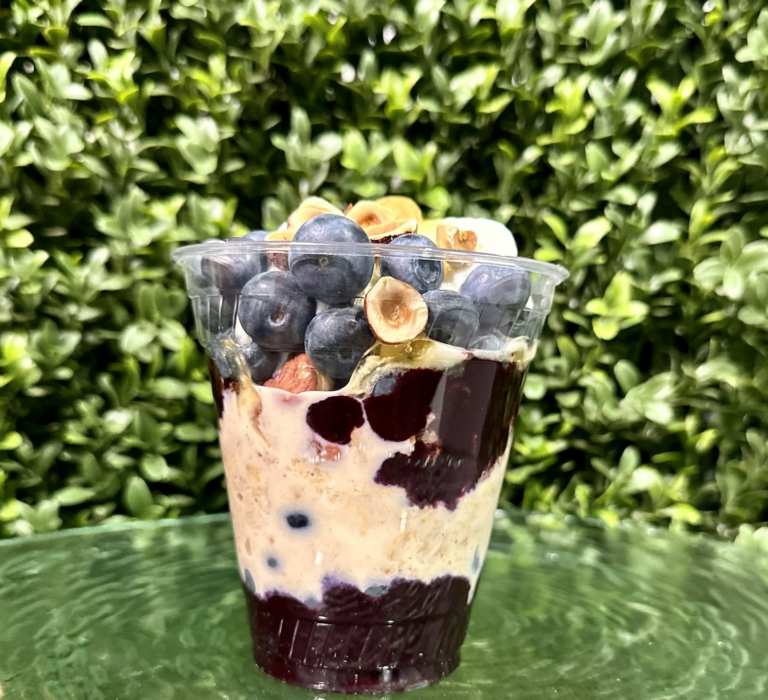Did you know?
Consuming milk and milk products contributes to higher nutrient intakes without adverse impact on fat or dietary cholesterol.1
Decreasing the amount of total fat, especially saturated and trans fat, is more effective at decreasing blood cholesterol levels than decreasing the amount of cholesterol ingested from foods. Choose lower fat milk such as skim, 1% and 2% milk.
Making lifestyle changes (smoking cessation and weight loss), and reducing total dietary fat (especially saturated and trans fat) are more effective at lowering blood cholesterol than reducing cholesterol intake. Sources of saturated fat include higher fat milk products, fatty meats, cream, butter, lard, shortening and tropical oils such as coconut and palm oil. Remember, when you make dietary changes to control fat and cholesterol, it’s still important to eat a balanced diet that includes all food categories. By following the recommendations in Canada’s food guide,2 you will meet your nutrient needs while keeping your intake of total fat, saturated fat and trans fat low.
Ideas For Action
- If you are concerned about heart disease, consult your physician to determine if you are at risk. If you are at risk, consider all contributing lifestyle factors: smoking, exercise, alcohol, dietary fat and body weight.
- Follow the recommendations provided in Canada’s food guide. (food-guide.canada.ca/en)
- Choose skim, 1% or 2% milk. Choose fat-free, 1% or 2% yogurt. These are low in fat, saturated fat and trans fat.
- Choose vegetables and fruit, grain products and lean meat and alternatives prepared with little or no added fat, sugar or salt.
- Have lower fat meat alternatives such as beans, lentils and tofu often.
- Use lower fat cooking methods. Instead of pan-frying or deep-frying, try baking, steaming, stir-frying, broiling, grilling or roasting (on a rack, so fat can drip away).
- Limit commercially fried foods and foods containing partially hydrogenated vegetable oil or shortening, such as stick margarines, non-dairy coffee creamers, pies, biscuits, muffins, cookies, pastries, and many snack foods. They may be high in saturated fat and trans fat.
- Find out how much fat you are getting in your diet.
Order Check on Fat—FoodTrackTM from BC Dairy Association (bcdairy.ca/store). - To help understand how milk products contribute to total dietary fat, check the Common Concerns page, “Are milk products high in fat or calories?” from BC Dairy Association.
Sources
(1) Journal of the American Dietetic Association, Vol. 104, No. 6, 895-902 (2004)
(2) Health Canada. Canada’s food guide, 2019.



